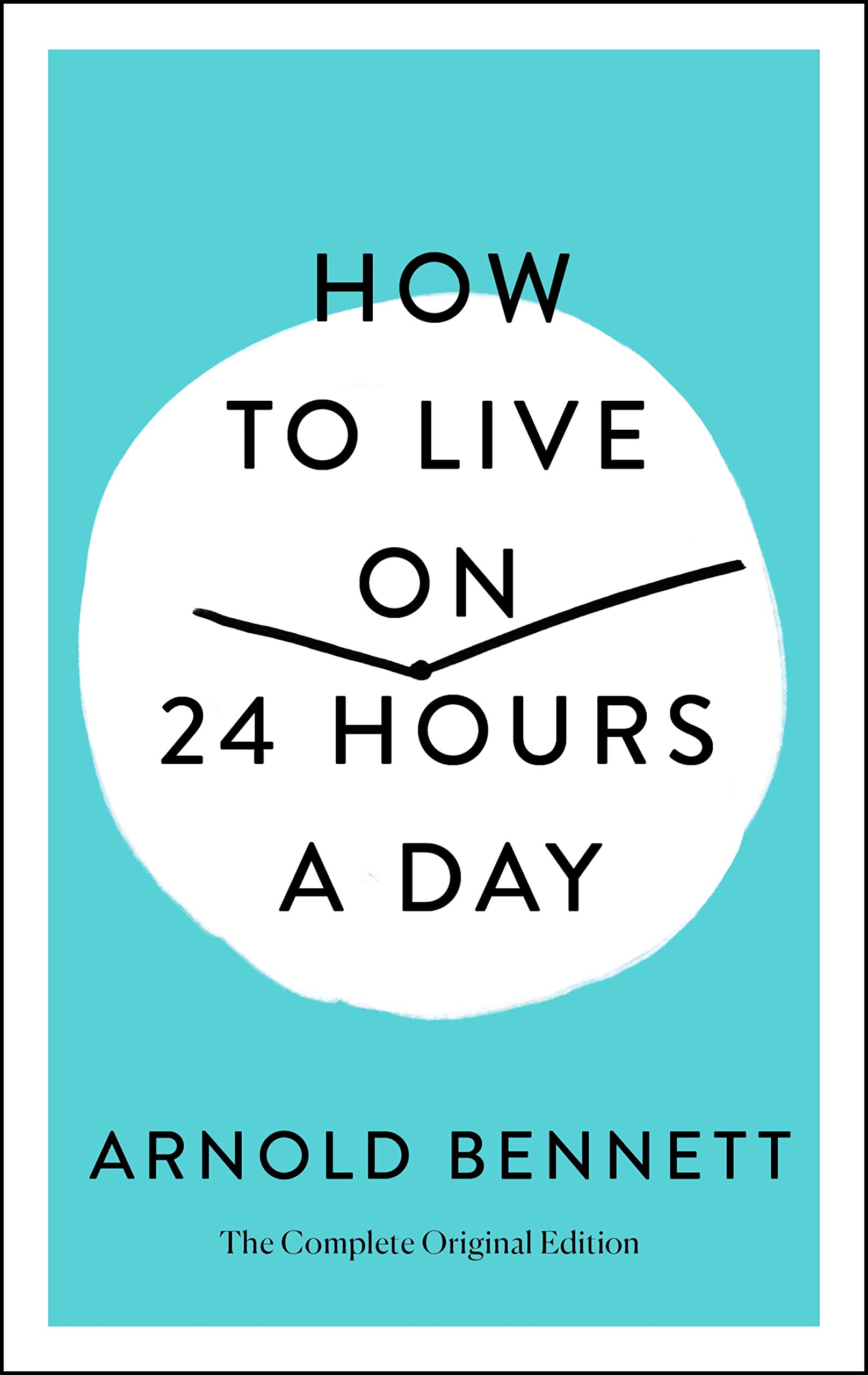Chapter XII — Dangers to Avoid
byChapter XII casts a thoughtful spotlight on the hidden traps that often ensnare those earnestly attempting to make the most of their time. While the ambition to better use every hour of the day is admirable, the author makes it clear that this ambition must be tempered with self-awareness and humility. There’s a certain irony in how the pursuit of personal improvement can unintentionally foster arrogance. Becoming a prig—someone who assumes a moral superiority due to a new lifestyle—alienates others and diminishes the beauty of self-discipline. Time management is not a sermon to be preached but a silent practice to be cultivated. The journey inward loses its value when it becomes an outward display of superiority or judgment toward others who may not share the same goals.
A second pitfall emerges when individuals cling too tightly to their carefully crafted schedules, transforming helpful structures into suffocating rules. A timetable, while necessary, should serve the individual—not the other way around. Life, with all its unpredictability and color, often refuses to conform to blocks of time on a chart. When a man becomes enslaved to his routine, his ability to live spontaneously and fully is compromised. Structure should be a support beam, not a cage. If every hour is planned with no room for deviation, the original purpose—enriching one’s experience of life—is lost beneath mechanical efficiency.
In seeking to optimize time, many fall into the trap of overcommitment. A schedule packed with worthy goals can easily become a source of constant pressure, leading to emotional and mental fatigue. When a person is always chasing the next item on their list, the joy of accomplishment gets replaced by anxiety. This danger lies in the mistaken belief that doing more equals living better. The author advises pulling back slightly—intentionally leaving gaps for spontaneity, reflection, or simple rest. Achievements are meaningful only when they are accompanied by a sense of peace and presence.
The final warning is perhaps the most compassionate. Starting a new habit with unreasonably high expectations can set a person up for disappointment, especially if early efforts fall short. The key is not to aim for perfection, but progress. The process of reordering one’s life should be approached with patience and generosity toward oneself. The author encourages readers to allow for failure and try again, understanding that mastery of time is not won in a day. This makes the journey sustainable, meaningful, and most importantly—human.
Adding to this reflection, research in modern productivity also suggests that success in time management hinges on maintaining mental flexibility. Studies show that people who adapt their plans in response to changing circumstances are more likely to stay productive over the long term. This doesn’t mean abandoning all structure but embracing a mindset that sees schedules as fluid rather than fixed. Such adaptability helps individuals respond to real-life interruptions without the emotional toll of feeling like they’ve failed. The balance of discipline and flexibility allows time management to become a tool for empowerment rather than a burden of control.
Another point worth noting is the value of intrinsic motivation in maintaining new habits. Rather than sticking to a program out of fear of failure or desire to impress others, lasting change comes from aligning new routines with deeper personal values. When tasks reflect one’s authentic goals and passions, the discipline required to maintain them feels less forced. Motivation that stems from within nurtures resilience, especially during inevitable setbacks. As the author hints, the true power of managing time well is not in the perfection of execution but in the joy of living with purpose, day by day.
Ultimately, this chapter serves as both a caution and a comfort. It invites readers to pursue self-discipline without rigidity, to strive without losing joy, and to improve without growing self-important. By acknowledging the subtle dangers along the path of personal growth, the author offers not only wisdom but a gentle encouragement to walk forward with clarity, balance, and grace.

